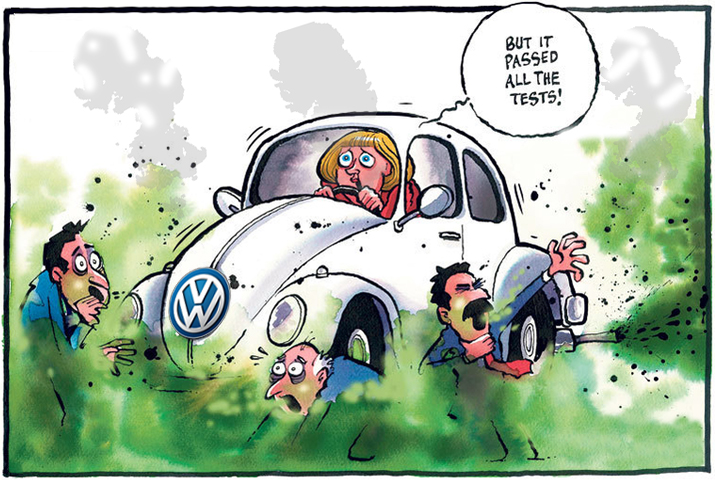As emissions scandal widens up, it the 3.0-litre diesel engine affects another 85,000 vehicles globally
More than 85,000 diesel vehicles manufactured by VW and Audi from the 2009-2016 model years have also been declared affected after the recent admission from the officials from Volkswagen and Audi.
This admission has been made to the US Environment Protection Agency stating that their 3.0-litre diesel engines were rigged with ‘auxiliary emissions control equipment’ and that they failed to report this device to the US authorities.
What models are affected?
Earlier this month, the EPA alleged that during the emissions tests, 3.0-litre V6 VW diesel engine also cheated and that the company had initially denied any such thing. The EPA has identified these vehicles emitting NOx nine times the legal limits:
Audi A6
Audi A7
Audi A8
Audi A8L
Audi Q5
Porsche Cayenne
VW Touarge
Audi Statement
Brad Stertz, Audi spokesman, said that in the Europe, the auxiliary emissions control software is legal, it’s just that Audi did not “properly notify regulators” of the device while the vehicles were being tested for the emissions.
The company is willing to give this device another go by reprogramming it to a degree which will be acceptable to the regulators, said Stertz. He also added that the cost would be in the double digit millions of euros to rectify the software.
What EPA says about it?
“VW has once again failed its obligation to comply with the law that protects clean air for all Americans,” said Cynthia Giles, assistant administrator for the Office for EPA’s Enforcement and Compliance Assurance.
These serious matters will continuingly be investigated by the EPA, state, and federal partners and all the companies should be playing by the same rules to ensure the safety of their consumers.
How do company cheat?
According to EPA’s documentations, when the vehicle is tested for compliance with EPA emissions standards, the software in the electronic control module senses it and switches to a low NOx ‘temperature conditioning’ mode, meeting emissions standards.
After completing the initial phases of test, at exactly one second, the vehicle immediately changes to ‘Normal mode’, increasing the emissions up to nine times the standard.




